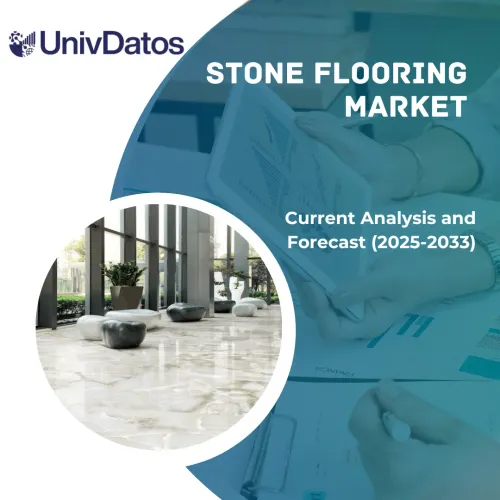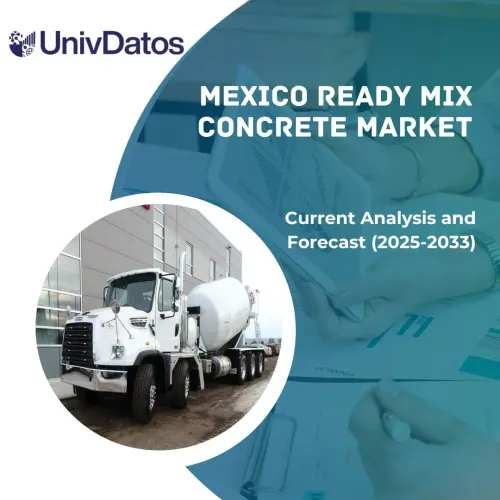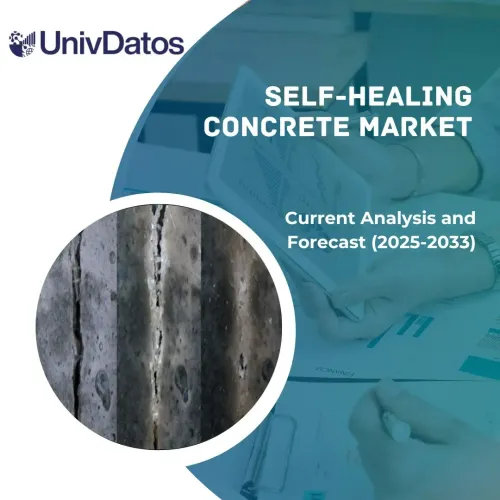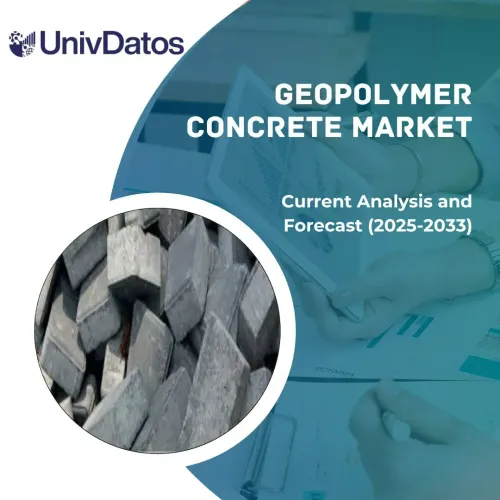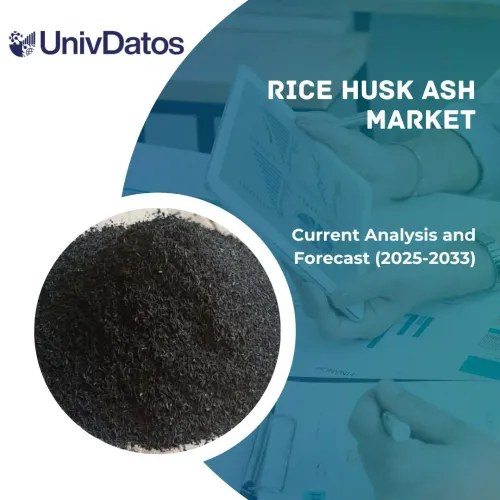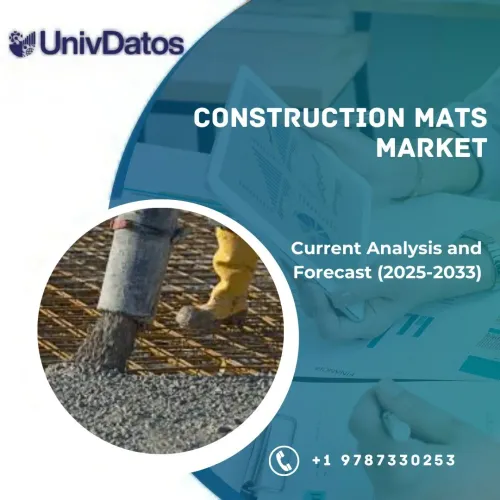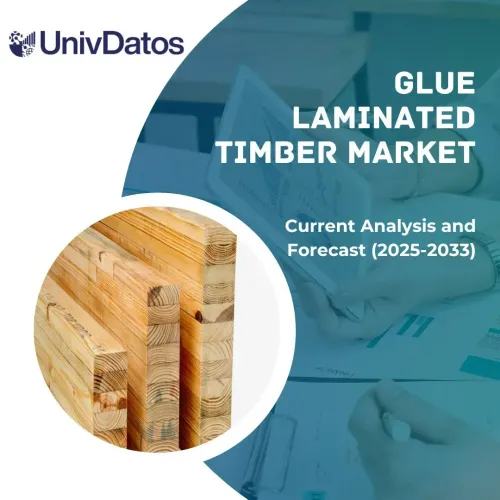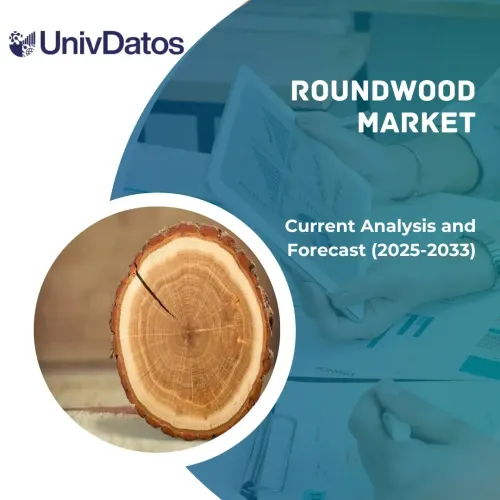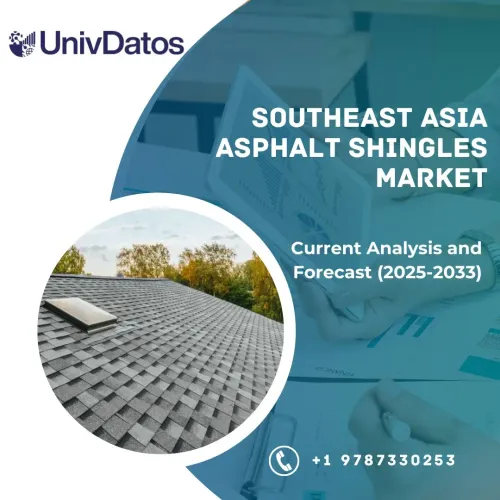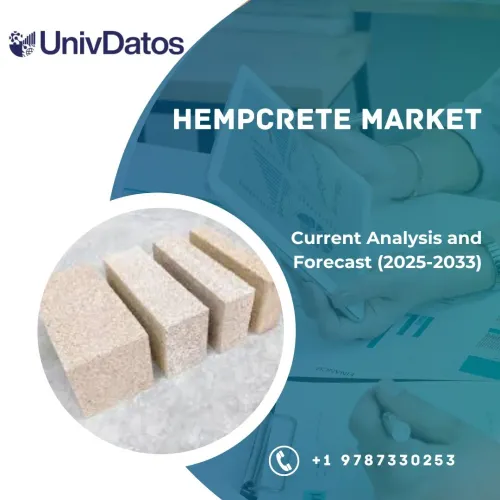- Home
- About Us
- Industry
- Services
- Reading
- Contact Us
Medium Density Fiberboard Market: Current Analysis and Forecast (2024-2032)
Emphasis on Type (Standard MDF, Moisture MDF, and Fire MDF); Application (Furniture, Construction & Flooring, Interior Designing, and Others); and Region/Country
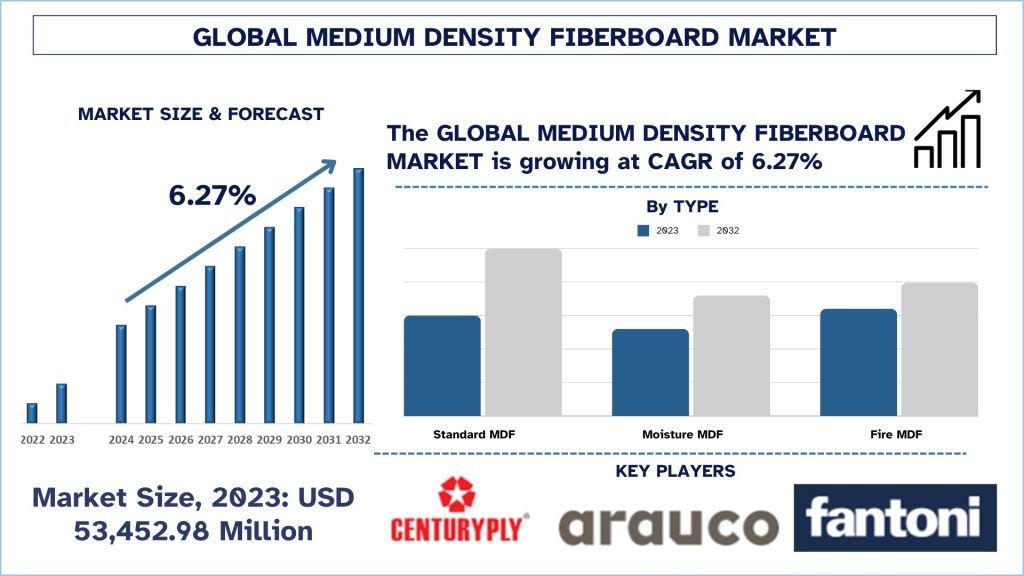
Medium Density Fiberboard Market Size & Forecast
The medium density fiberboard market was valued at USD 53,452.98 million in 2023 and is expected to grow at a steady CAGR of around 6.27% during the forecast period (2024-2032), owing to the increasing adoption of medium density fiberboard in construction industries and the growing use in furniture industry boost the market growth.
Medium Density Fiberboard Market Analysis
MDF refers to Medium Density Fiberboard, is a composite panel product typically consisting of cellulosic fibers combined with a synthetic resin or other suitable bonding system and joined together under heat and pressure. These panels are manufactured with various physical properties and dimensions, providing the opportunity to design the end product with the specific MDF needed. Additionally, to increase the additional characteristics, additives are being introduced during manufacturing. The medium density fiberboard surface is smooth, flat, dense, uniform, free of knots and grain patterns. The rising global population and urbanization have significantly increased the demand for residential and non-residential buildings, leading to a surge in construction activity globally. Therefore, the demand medium density fiberboard has increased in various applications such as flooring, furniture, cabinets, speaker boxes, and wooden temporary construction. For instance, in 2023, according to the report published by the National Bureau of Statistics of China, the construction industry is one of the pillar industries of China’s national economy, with a total output value exceeding 31 trillion yuan (USD 4.34 trillion) in 2022, employing over 52 million people. Additionally, consumers demand for eco-friendly products has pushed manufacturers to develop sustainable MDF products. For instance, Arauco launched a new line of eco-friendly MDF products in 2023, focusing on sustainability and superior performance. These products cater to the growing market of environmentally conscious consumers.
Medium Density Fiberboard Market Trends
Technological Integration Boost Market Growth
As technology continues to advance, the destiny of MDF boards will involve elevated technological integration. This ought to manifest in various ways, from incorporating smart features into MDF-based furnishings to leveraging superior manufacturing tactics for even greater particularity and durability. The integration of generation into MDF boards may lead to the development of smart fixtures that can be controlled through cellular devices, voice commands, or sensors. Superior production strategies can also create more durable and stronger MDF boards, thus ideal for many uses, including high-traffic areas and outdoor usage. Technology may also affect a change in the latest finishes and coatings that decorate MDF boards to enhance their ability and looks. Furthermore, Advancements in finishes and coatings will notably from the evolution of first-rate MDF boards. These advancements will decorate the durability, strength and moisture resistance of MDF boards, making them appropriate for a wide range of packages. For example, the integration of sustainable wooden fibers and eco-friendly manufacturing techniques can cause the improvement of MDF boards with reduced formaldehyde emissions, low VOC finishes.
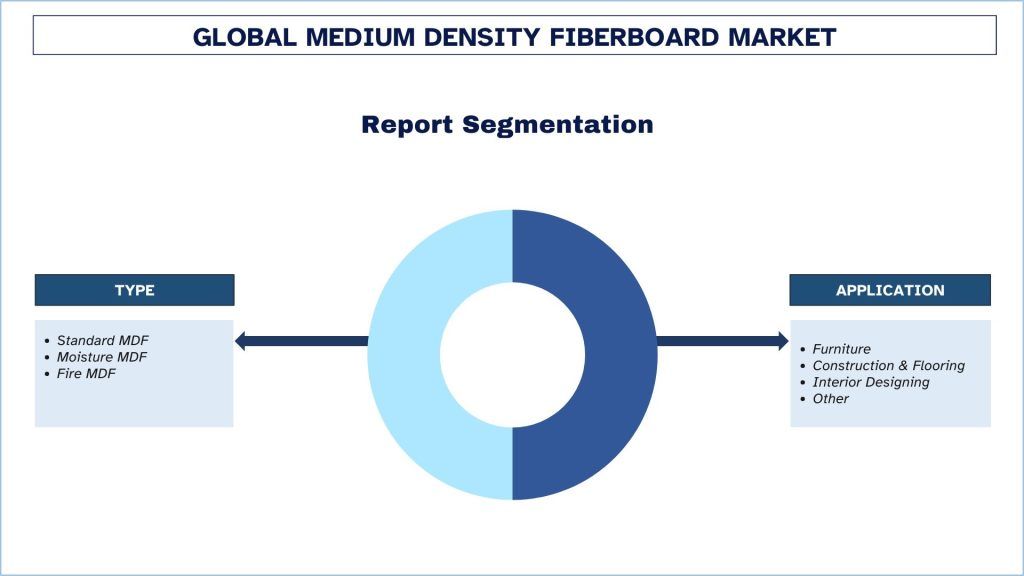
Asia Pacific Dominated the Medium Density Fiberboard Market
The Asia Pacific medium density fiberboard market is expected to dominate in the forecast period due to several factors, such as the rapid urbanization and construction boom. The Asia Pacific region is home to almost 60% of the approximately 4.3 billion people of the global population, with increasing urbanization. This has drastically increased the demand for residential and non-residential buildings, leading to a surge in the construction industry, further creating the demand for medium-density fiberboard. For instance, in 2023, according to the report published by the National Bureau of Statistics of China, the construction industry is one of the pillar industries of China’s national economy, with a total output value exceeding 31 trillion yuan (USD 4.34 trillion) in 2022, employing over 52 million people. Additionally, the market is being propelled by growing mergers and acquisitions, which has further boosted the geographical presence of the companies to maintain their competition. For instance, in July 2023, Sheela Foam Ltd. acquired a 35% stake in Furlenco owner House of Kieraya Pvt Ltd. With the help of this acquisition, the company entered the fastest-growing branded furniture market. Therefore, these developments underscore the dynamic nature of the Asia Pacific medium density fiberboard market.
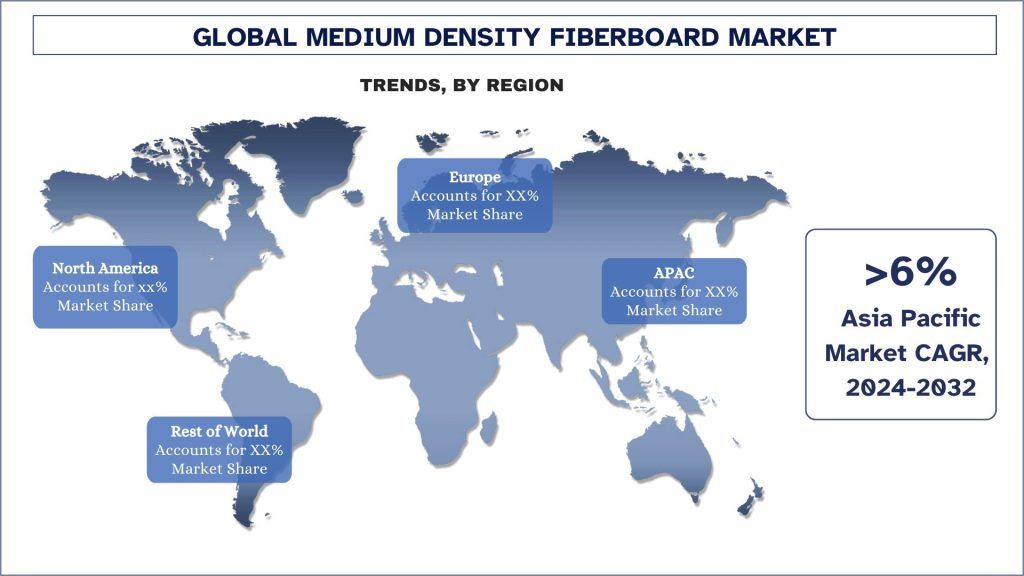
Medium Density Fiberboard Industry Overview
The medium density fiberboard market is competitive and concentrated, with few global and international players. The key players are adopting different growth strategies to enhance their market presence, such as partnerships, agreements, collaborations, new product launches, geographical expansions, and mergers and acquisitions. Some major players operating in the market are CenturyPly (Century Prowud), ARAUCO, Fantoni Spa, Foseburg Forest Products, Greenpanel Industries Limited, M. KAINDL GMBH, SWISS KRONO Group, Uniboard, Unilin Panels, and Weyerhaeuser Company.
Medium Density Fiberboard Market News
- In 2024, Crossbond, an India-based company involved in manufacturing and sales of medium density fiberboard launched their latest cutting-edge manufacturing facility with 650 CBM capacity of Medium Density Fiber Board (MDF) & Maximum Density High Moisture Resistance (MDHMR). This state-of-the-art plant is equipped with Continuous Pressing MDF Technology. This strategic expansion reflects their unwavering commitment to meeting the dynamic needs of their customers and the evolving market landscape.
- In 2024, China topped the top 10 rankings for 2023 with over 24.53 million GSM certified, followed by Canada with 7.9 million GSM. India retained its third spot on the U.S. Green Building Council’s (USGBC) annual list of Top 10 Countries and Regions for LEED (Leadership in Energy and Environmental Design) in 2023. 248 projects across both buildings and spaces were certified for LEED in the country covering 7.2 million gross square meters (GSM).
- In December 2023, Greenply Industries Ltd. announced the commissioning of a new MDF plant in Uttar Pradesh, India, with an annual capacity of 800,000 cubic meters. This expansion aims to meet the growing domestic demand for MDF in the rapidly developing Indian market.
- In September 2022, ARAUCO, a major plywood manufacturer, approved the construction of a new MDF line in Zitácuaro, Mexico. The project considers an estimated investment of USD 235 million and incorporates leading-edge operational, environmental, and safety technology. The project is expected to begin operating during the second quarter of 2025, and this project is expected to add about 300,000 cubic meters of MDF production per year.
Medium Density Fiberboard Market Report Coverage
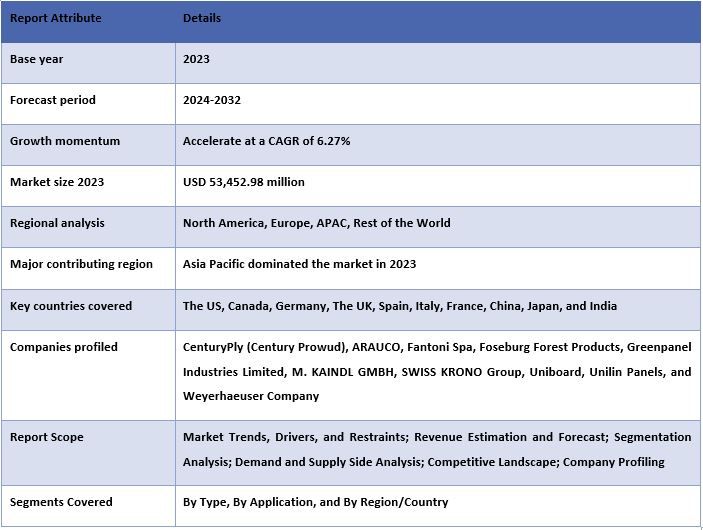
Reasons to buy this report:
- The study includes market sizing and forecasting analysis validated by authenticated key industry experts.
- The report presents a quick review of overall industry performance at one glance.
- The report covers an in-depth analysis of prominent industry peers with a primary focus on key business financials, product portfolios, expansion strategies, and recent developments.
- Detailed examination of drivers, restraints, key trends, and opportunities prevailing in the industry.
- The study comprehensively covers the market across different segments.
- Deep dive regional level analysis of the industry.
Customization Options:
The global medium density fiberboard market can further be customized as per the requirement or any other market segment. Besides this, UMI understands that you may have your own business needs, hence feel free to contact us to get a report that completely suits your requirements.
Table of Content
Research Methodology for the Medium Density Fiberboard Market Analysis (2024-2032)
Analyzing the historical market, estimating the current market, and forecasting the future market of the global medium-density fiberboard market were the three major steps undertaken to create and analyze the adoption of medium density fiberboard in major regions globally. Exhaustive secondary research was conducted to collect the historical market numbers and estimate the current market size. Secondly, to validate these insights, numerous findings and assumptions were taken into consideration. Moreover, exhaustive primary interviews were also conducted, with industry experts across the value chain of the global medium-density fiberboard market. Post assumption and validation of market numbers through primary interviews, we employed a top-down/bottom-up approach to forecasting the complete market size. Thereafter, market breakdown and data triangulation methods were adopted to estimate and analyze the market size of segments and sub-segments of the industry pertains to. Detailed methodology is explained below:
Analysis of Historical Market Size
Step 1: In-Depth Study of Secondary Sources:
Detail secondary study was conducted to obtain the historical market size of the medium density fiberboard market through company internal sources such as annual reports & financial statements, performance presentations, press releases, etc., and external sources including journals, news & articles, government publications, competitor publications, sector reports, third-party database, and other credible publications.
Step 2: Market Segmentation:
After obtaining the historical market size of the medium density fiberboard market, we conducted a detailed secondary analysis to gather historical market insights and share for different segments & sub-segments for major regions. Major segments are included in the report by type and application. Further country-level analyses were conducted to evaluate the overall adoption of testing models in that region.
Step 3: Factor Analysis:
After acquiring the historical market size of different segments and sub-segments, we conducted a detailed factor analysis to estimate the current market size of the medium density fiberboard market. Further, we conducted factor analysis using dependent and independent variables such as type and application of the medium density fiberboard market. A thorough analysis was conducted for demand and supply-side scenarios considering top partnerships, mergers and acquisitions, business expansion, and product launches in the medium density fiberboard market sector across the globe.
Current Market Size Estimate & Forecast
Current Market Sizing: Based on actionable insights from the above 3 steps, we arrived at the current market size, key players in the global medium density fiberboard market, and market shares of the segments. All the required percentage shares split, and market breakdowns were determined using the above-mentioned secondary approach and were verified through primary interviews.
Estimation & Forecasting: For market estimation and forecast, weights were assigned to different factors including drivers & trends, restraints, and opportunities available for the stakeholders. After analyzing these factors, relevant forecasting techniques i.e., the top-down/bottom-up approach were applied to arrive at the market forecast for 2032 for different segments and sub-segments across the major markets globally. The research methodology adopted to estimate the market size encompasses:
- The industry’s market size, in terms of revenue (USD) and the adoption rate of the medium density fiberboard market across the major markets domestically
- All percentage shares, splits, and breakdowns of market segments and sub-segments
- Key players in the global medium density fiberboard market in terms of products offered. Also, the growth strategies adopted by these players to compete in the fast-growing market.
Market Size and Share Validation
Primary Research: In-depth interviews were conducted with the Key Opinion Leaders (KOLs) including Top Level Executives (CXO/VPs, Sales Head, Marketing Head, Operational Head, Regional Head, Country Head, etc.) across major regions. Primary research findings were then summarized, and statistical analysis was performed to prove the stated hypothesis. Inputs from primary research were consolidated with secondary findings, hence turning information into actionable insights.
Split of Primary Participants in Different Regions
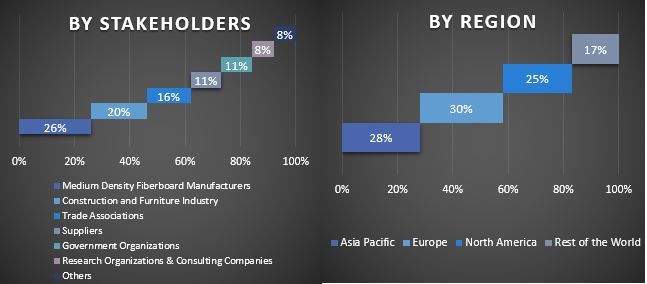
Market Engineering
The data triangulation technique was employed to complete the overall market estimation and to arrive at precise statistical numbers for each segment and sub-segment of the global medium density fiberboard market. Data was split into several segments & sub-segments post studying various parameters and trends in the areas of the type and application in the global medium density fiberboard market.
The main objective of the Global Medium Density Fiberboard Market Study
The current & future market trends of the global medium density fiberboard market were pinpointed in the study. Investors can gain strategic insights to base their discretion for investments on the qualitative and quantitative analysis performed in the study. Current and future market trends determined the overall attractiveness of the market at a regional level, providing a platform for the industrial participant to exploit the untapped market to benefit from a first-mover advantage. Other quantitative goals of the studies include:
- Analyze the current and forecast market size of the medium density fiberboard market in terms of value (USD). Also, analyze the current and forecast market size of different segments and sub-segments.
- Segments in the study include areas of the type and application.
- Define and analysis of the regulatory framework for the medium density fiberboard
- Analyze the value chain involved with the presence of various intermediaries, along with analyzing customer and competitor behaviors of the industry.
- Analyze the current and forecast market size of the medium density fiberboard market for the major region.
- Major countries of regions studied in the report include Asia Pacific, Europe, North America, and the Rest of the World
- Company profiles of the medium density fiberboard market and the growth strategies adopted by the market players to sustain the fast-growing market.
- Deep dive regional level analysis of the industry
Frequently Asked Questions FAQs
Q1: What is the current market size and growth potential of the medium density fiberboard market?
Q2: What are the driving factors for the growth of the medium density fiberboard market?
Q3: Which segment has the largest medium density fiberboard market share by Type?
Q4: What are the emerging technologies and trends in the medium density fiberboard market?
Q5: Which region will dominate the medium density fiberboard market?
Related Reports
Customers who bought this item also bought

